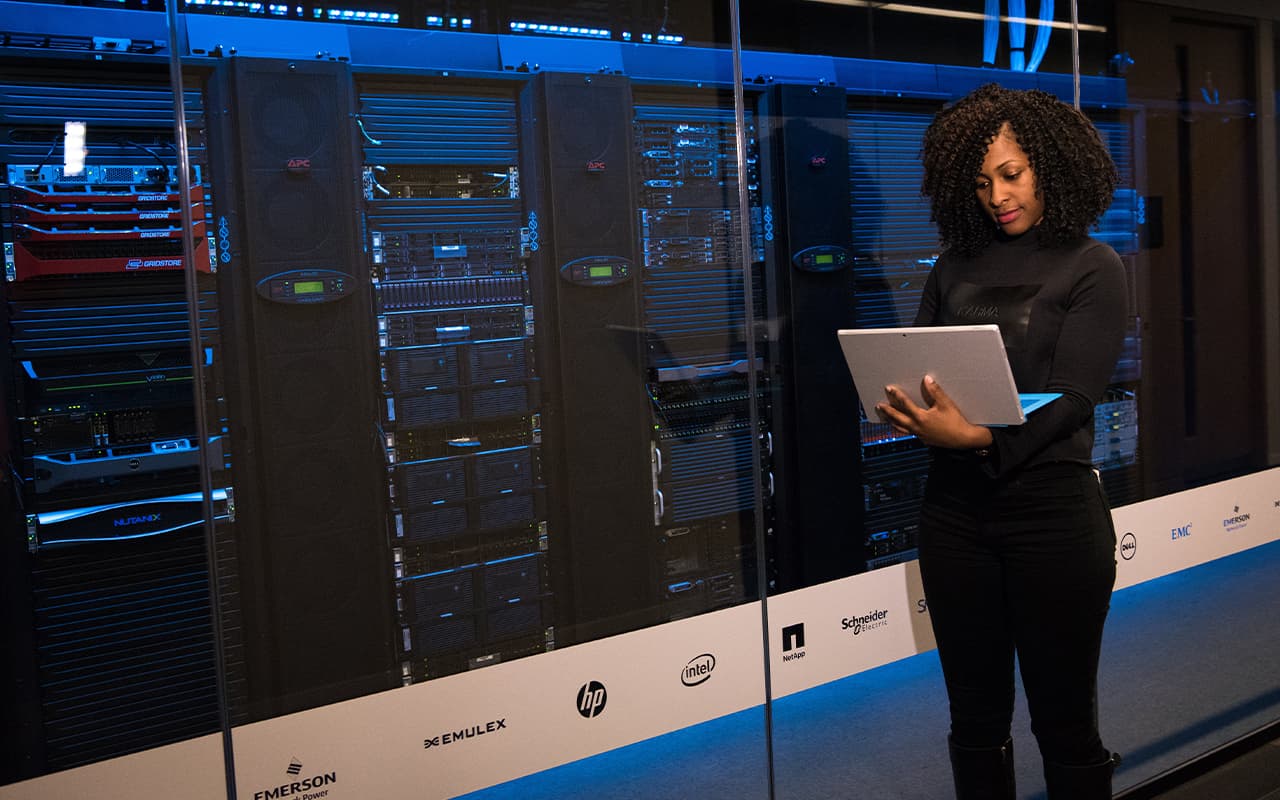Secure software development is a methodology (often associated with DevSecOps) for building software that incorporates security at every stage of the software development life cycle (SDLC). Security is built into the code from the beginning, rather than being addressed after testing reveals critical flaws in the product. Security becomes part of the planning phase, included long before a single line of code is written.
Traditionally, developers have viewed security as an obstacle to innovation and creativity, which creates delays in getting a product to market. This mindset hurts business profits, as it is 15 times more expensive to fix a bug during implementation and 15 times more expensive to fix the same bug during development.
Most importantly, how satisfied will customers be with the new features of the program if the product contains vulnerabilities that can be exploited by hackers? Today, security deserves to be at the forefront of the software development process, and organizations that don’t will have difficulty competing.
So, how can security be part of the SDLC from the start? First, testing early and often. The secure software development philosophy emphasizes the use of static and dynamic security testing throughout the development process. Second, development teams should also document the security requirements of the software alongside the functional requirements. Finally, conducting a risk analysis during design can be helpful in identifying potential environmental threats.
Organizations that want to offer secure software must lay the foundation for success by effectively preparing their people, processes, and technology for this challenge. Proper preparation takes the form of a well-articulated secure software development policy, which every organization needs to create secure software.



